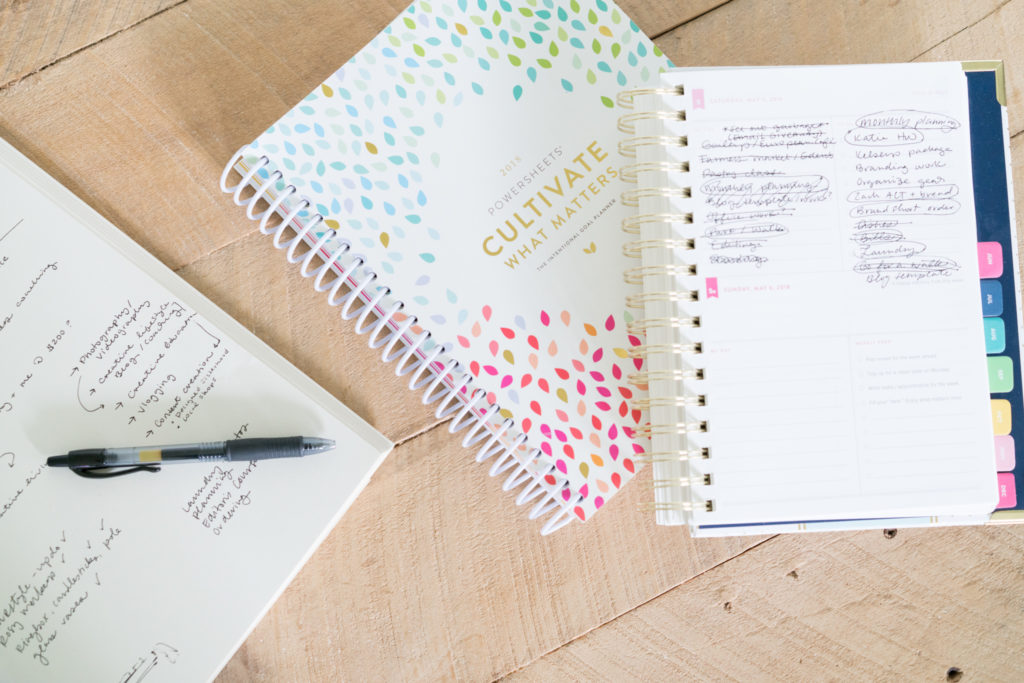
“Efforts and courage are not enough without purpose and direction.”
–John F. Kennedy
So you probably know about workflows or have heard about them. It’s the system that you follow for reoccurring projects that creates consistency and efficiency in your work. I don’t know how many times when I started my business I heard the word “workflow” and thought, I mean, is it that big of a deal? It’s just a fancy word for the way I get stuff done.
Eight years later and a little bit wiser, I’m here to say I’ve learned the hard way that yes it is.
Workflows, in a way, have taught me to be more intentional during my busy seasons. A good workflow should be simple, but more than that, a good workflow should have purpose. Purpose is a word that can come off a little trendy, so let me define it this way: something created out of a place of intentional direction, with clear understanding of what matters, to accomplish what you’re called to do.
In busy seasons, purpose is what allows us to sift through all of the madness and find what is truly essential. Without it, my workflows would probably be led my emotions, or what I felt like doing day-to-day. Things might not get done, or potentially worse, I might run myself into the ground working too much (on the things that don’t even matter).
One of the main methods I use when creating a purposeful workflow is starting with a list of what is essential. Before I create this super detailed workflow with spreadsheets and color-coordinated arrows and automated tasks with twenty Trello boards, I take out a notebook and pen– go old school with me for a second, okay? There’s special things that go on in your brain when you write things on paper. I write the essential steps that have to happen. This simplifies all the racket in my brain and helps me to focus on creating out of a place of intention.
Now, sometimes, my “essential” list is really long. Too long. Sometimes it feels like EVERYTHING is essential. I can’t force myself to let go of any of the craziness because I need to know that things aren’t going to fall apart. When this happens, I like to do this thing I learned called the Yes and No List.
I learned this technique from my business coach. It’s honestly the most simple thing in the whole world, but it’s also something that I don’t naturally want to do. Basically, it’s this:
I go through my list and next to each item, I write yes or no.
I ask myself of each task, “will doing this thing really bring more value to my life? Is this really important right now? Did I add this to my list because it’s essential, or because I feel like it’s expected of me? Why is it here? And does it need to be?”
And slowly, the list grows a little bit smaller, a little more manageable, and much more purposeful.
In busy seasons, it’s important to focus on what’s essential so that we can live purposefully. I hope that this little note helps you if you’re in a busy season!